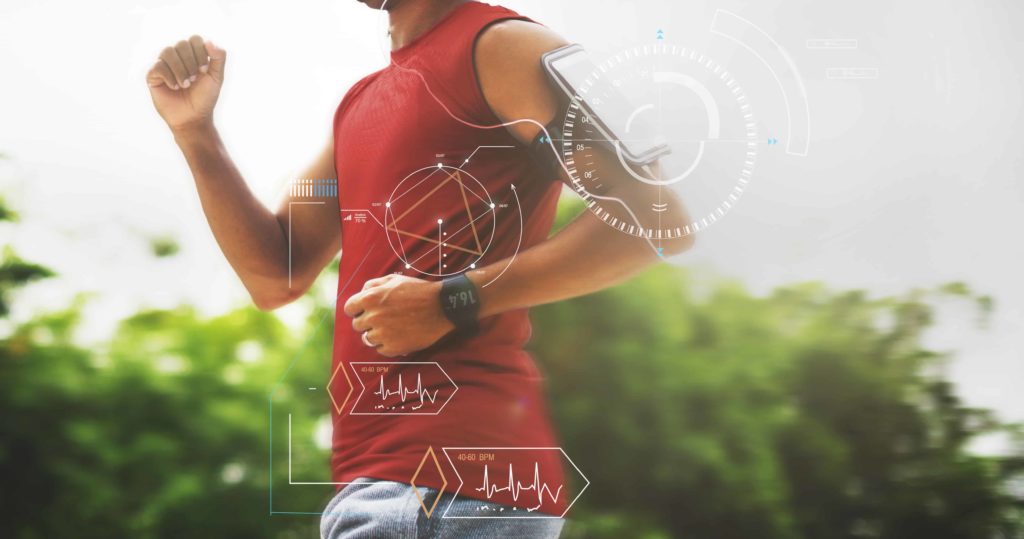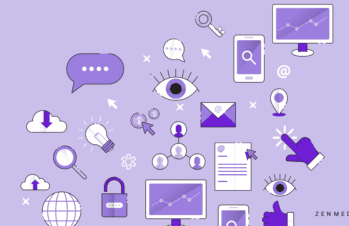The global wellness economy is valued at $4.5 trillion dollars according to 2018 data from the Global Wellness Economy Monitor.
From personal care to weight loss, wellness tourism to preventative medicine, the revenue growth is enormous and doesn’t show signs of slowing down.
It only makes sense then that big tech is putting a stake in the industry. And with the onset of the COVID-19 pandemic, the opportunities to disrupt health and wellness have only accelerated.
In this guide, we’ll examine tech’s latest health and wellness disruptions, from bio-tech to med-tech, telehealth to personal training, and how they’re changing the way we think about well-being.
What is Health & Wellness?
To understand how tech is getting involved in health and wellness, we first need to define what this industry is.
That can be tricky because it encompasses so much. Currently, everything from the spa economy to workplace wellness initiatives falls under the umbrella of health and wellness.
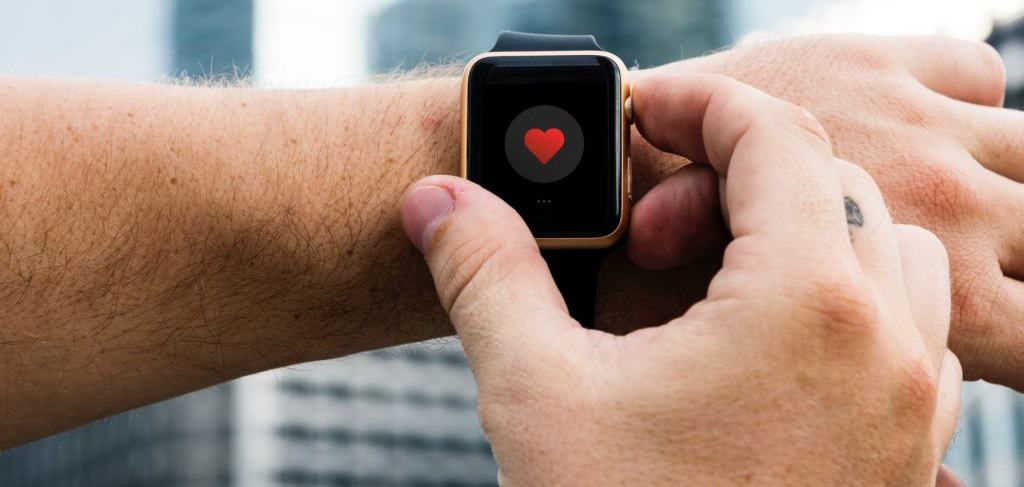
But that doesn’t exclude the more traditional healthcare industry—namely, the $575 billion preventive and personalized medicine and public health industry, and the $360 billion dollar industry of traditional and complementary medicine, according to Global Wellness Economy Monitor figures.
All that is to say that the health and wellness economy is not one single thing. Nor is it a passing fad, as it so often gets labeled. Forbes describes it this way: it’s “the active pursuit of activities, choices, and lifestyles that lead to a state of holistic health.”
Why are we all so obsessed with holistic health? That is a more subjective topic, but there are several factors at play.
- The aging Baby Boomer population is living longer.
- The grind of our every day, digital-obsessed life and the negative effects it has on us, like increased anxiety and loss of sleep.
- Disappointment with healthcare.
- Increased health awareness.
Put those all together and what do you get? A modern-day search for the fountain of youth: an enormous demand for personalized, tech-forward health solutions.
The frontline workers of this industry are, naturally, the practitioners offering healthcare services, personal training, spa treatments, nutritional guidance, and beauty techniques. So how does tech come into play? Where to begin? You name it, tech is doing its best to disrupt, improve, and transform the way we approach our health.
Bio-Tech
In terms of traditional healthcare, tech is everywhere. Consider the continued evolution of the way patients are treated in clinics and hospitals. For instance, Bluetooth-enabled hearing aids can become a wireless headset for any modern smartphone and the internet according to Scientific American.
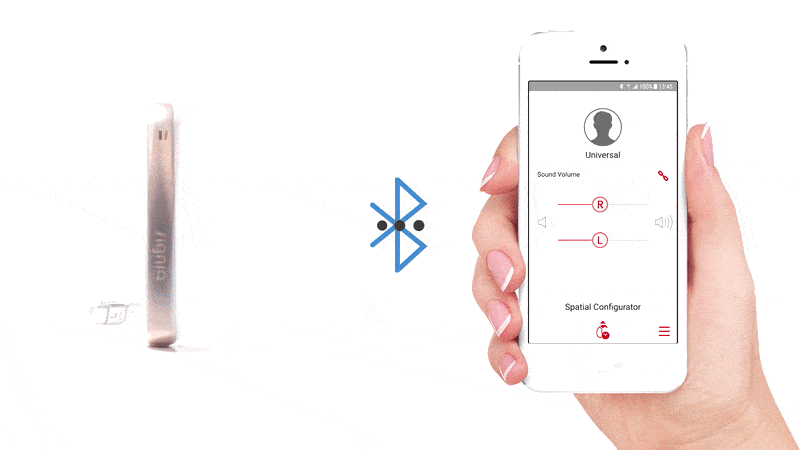
Total knee arthroplasty—the orthopedic surgical procedure where the articular surface of a musculoskeletal joint is replaced, remodeled, or realigned — is now being assisted by robotics. Thanks to technology, orthopedic surgeons can be more accurate and precise.
That’s not to mention augmented reality advances. Doctors can now see 3D images inside the body thanks to breakthroughs from biotech using CT scans and new devices like the 3T MRI machine that’s twice as powerful as traditional magnetic resonance imaging.
Startup innovation has had its eyes on biotech for a long time, too. Who can forget Theranos?
The private health technology company helmed by Elizabeth Holmes was initially seen as a revolutionary business that was going to create blood tests that only need small amounts of blood to rapidly test for many ailments. It was later discredited and Holmes now faces criminal charges, but it’s a perfect example of the race to disrupt the health economy.
And we would expect tech to have massive ramifications when it comes to traditional medicine. That is, in large part, what it was designed for. Where tech is taking some more interesting turns is in the spaces many call personal wellness.
Mind & Body
As much as people are concerned with getting the best healthcare for the most reasonable price, seemingly no cost is too high when it comes to improving wellness. Case in point: Global Wellness Economy Monitor says that wellness tourism alone is valued at $639 billion. That’s a lot of air miles for some yoga in Fiji.
So how is tech inching its way into this mega industry? Here are just a few fascinating examples.
Apps
Did you know that a person’s blink rate — the very important business of closing one’s eyes to lubricate them — can decrease by up to half when viewing a screen for long durations, according to NBC? In order to help people remember to blink, there are Blink Break reminders like Eyelo. This PC app gives workers a gentle reminder to close their eyes every once in a while.
But it’s not just your eyes that need a technology tap on the shoulder.
Consider all of the apps created to help people tackle their health goals: MyFitnessPal, RunKeeper, WaterMinder, and SleepCycle. From when to take a drink of water to when to start snoozing, tech has tackled every conceivable component of daily human life and they’re nowhere near done yet.
In fact, there are so many of them, that PR for mobile apps and games has become a huge business. After all, mobile app brands have to find some way to differentiate themselves from the thousands of others in their market.
Medtech for consumers
What were once tools of licensed healthcare professionals are swiftly entering the consumer product realm, allowing people to personalize the monitoring of their health.
No longer satisfied with making an appointment to see an expert, today’s health fanatic wants the data at their fingertips. That’s why we’re seeing disruptions like the following:
Biosensors
Labio Tech reports that in Switzerland Luciole Medical has unveiled a minimally invasive probe designed to measure blood oxygen levels in the brain for intensive care.
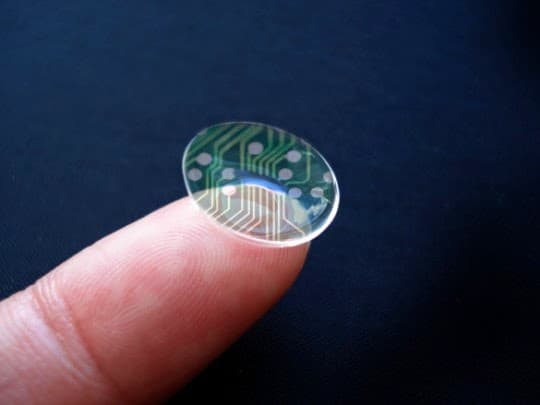
But biosensor technology has also reached at-home-monitoring devices. Consider the importance of taking medicine for ongoing care. To keep patients monitored, Gilead is working on a clinical trial using a digital pill “that can detect whether the HIV medication it contains has been ingested, informing the patient through their smartphone.”
Liobo Tech says the pill is activated by the acid in the stomach, which then triggers a radiofrequency emitter that sends the information to a cloud server.
That’s the kind of sci-fi work that is soon to become common in the health and wellness tech disruption race.
Diabetes is also a natural for biosensor experimentation. With patients who need to constantly watch their glucose levels, new approaches to controlling their health are being seen in multiple companies creating glucose biosensors.
Out of the Body Experience
But tech innovations need not be an internal device that has to live inside the body. Some tech disruptors are thinking outside the circulatory system altogether. Take UPS’s Flight Forward trial program. It’s a drone delivery system that flies critical medical samples—blood or tissue—between hospitals in Raleigh, North Carolina. Rather than find a health solution from within, it’s solving health problems from outside, according to Time magazine.
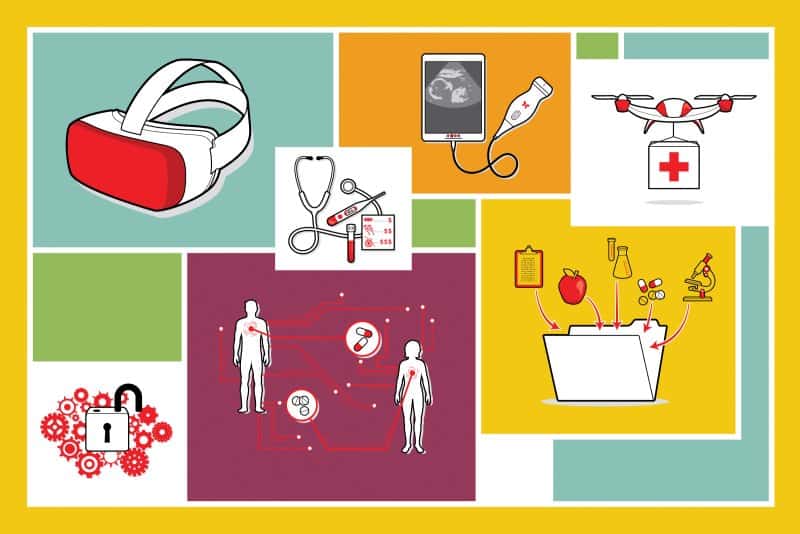
In the same vein, there’s the need to help doctors in their continuing education.
With nearly 2 million peer-reviewed research papers published each year, according to Time, medical professionals have no way of absorbing all the information and innovations continually being produced. So instead, BenevolentAI was created. The algorithm was designed to “scour research papers, clinical trial results and other sources of biomedical information in search of previously overlooked relationships between genes, drugs, and disease” writes Corinne Purtill.
It’s obvious that the wellness and health industry is a goldmine for tech disruption—we’re seeing innovations announced every day.
How consumers react to experimental medicine, surgical robots, biosensors, and wellbeing apps will determine where the industry evolves from here.

